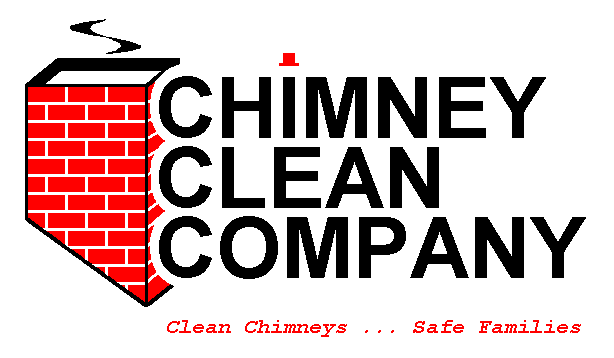Creosote is a dark, tar-like substance that forms inside your chimney when wood is burned. It is a byproduct of the combustion process, especially when the wood isn’t completely burned. Over time, creosote builds up on the inner walls of the chimney, posing significant risks to your home and safety. Understanding what creosote is, how it forms, and why it’s dangerous can help you take the right steps to prevent chimney fires and keep your home safe.
What Is Creosote and How Does It Form?
Creosote is created when wood or other organic materials are burned incompletely. When smoke from the fire rises through the chimney, it cools, causing condensation. This condensation leaves behind a residue of creosote that can accumulate over time. Several factors contribute to creosote buildup, including:
- Burning unseasoned or wet wood: This type of wood doesn’t burn completely, producing more smoke and creosote.
- Cool chimney temperatures: When a chimney is not properly insulated, it can cause the smoke to cool quickly, leading to more condensation and creosote.
- Improper air supply: Lack of proper ventilation can result in incomplete combustion, creating more creosote.
Why Is Creosote Dangerous?
Creosote is highly flammable and is one of the leading causes of chimney fires. A thick layer of creosote can ignite from a spark or high temperatures, potentially spreading a fire to the rest of the home. Besides the fire risk, creosote buildup can also block the chimney, causing toxic gases like carbon monoxide to flow back into the home instead of being safely vented outside. This makes regular chimney cleaning and maintenance essential.
How to Prevent Creosote Buildup
Preventing creosote buildup involves proper chimney maintenance and safe burning practices:
- Schedule Regular Chimney Sweeps: Have your chimney professionally inspected and cleaned at least once a year. This removes creosote buildup and ensures safe operation.
- Burn Only Seasoned Hardwood: Use dry, well-seasoned hardwoods that burn more completely and produce less creosote.
- Ensure Proper Ventilation: Make sure your chimney is well-ventilated to promote a hot, clean burn that reduces creosote formation.
- Install a Chimney Cap: A chimney cap can prevent debris, animals, and excess moisture from entering, reducing the conditions that lead to creosote buildup.
Common Questions About Creosote
- How often should I have my chimney cleaned to prevent creosote?
You should have your chimney cleaned and inspected at least once a year, especially before the winter season, to prevent creosote buildup and ensure safe operation. - Can creosote buildup be a problem for gas fireplaces too?
No, but regular cleaning & inspection of the gas fireplace or insert is recommended. - What are the signs of excessive creosote buildup?
Signs include a strong, smoky odor from the fireplace, poor fire draft, dark, flaky deposits on the chimney walls, and visible black soot. These indicate it’s time for a chimney sweep. - What happens if creosote is not removed from the chimney?
If not removed, creosote can ignite, causing a chimney fire, or block the chimney, leading to smoke billowing back into the residence. - Can I clean creosote buildup myself?
It’s not recommended. Creosote can be stubborn and dangerous to remove. Hiring a licensed, bonded and insured professional ensures thorough cleaning and safety.
Contact Chimney Clean Co for Safe Chimney Maintenance
Regular chimney inspections and cleanings are essential for preventing creosote buildup and keeping your home safe. If you live in San Jose, CA, and need a reliable chimney sweep, contact Chimney Clean Co. Our certified professionals are here to help. Call us at 408-265-1010 or email chimneycleanco@gmail.com to schedule your appointment today

